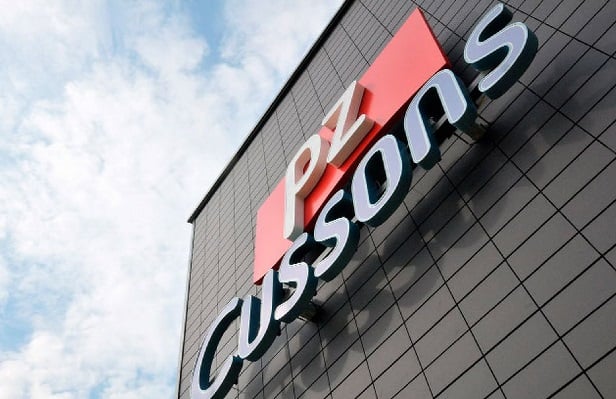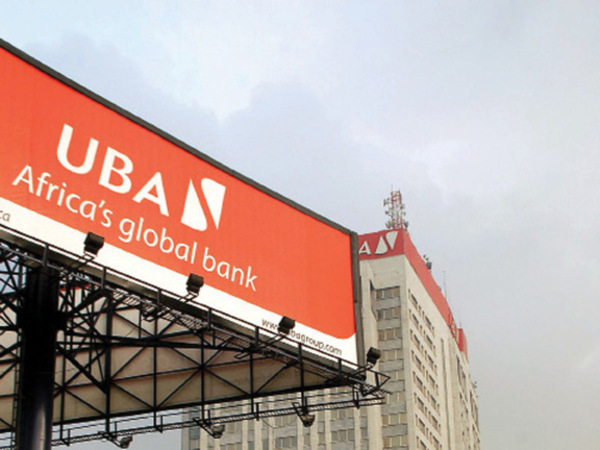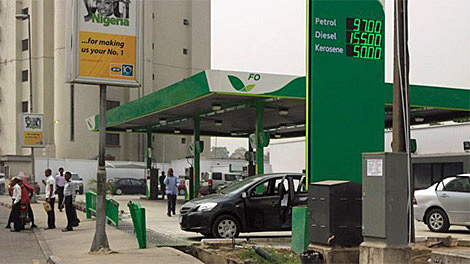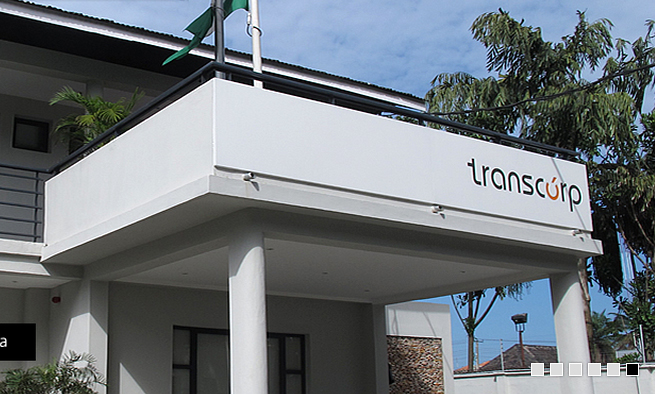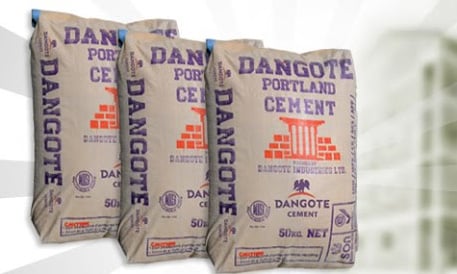PZ Cussons lost more than one-half of profit in its last financial year and the conglomerate has proceeded from a two-year profit drop into a loss in its first quarter operations. The company’s main challenge over the past several years is inability to grow sales revenue. The situation worsened in its last financial year ended May 2016 when the company’s upward creeping revenue declined to the lowest level in four years.
The company’s first quarter report for the current financial year shows that revenue performance is promising at a growth of 12% year-on-year but a huge foreign exchange loss dug a deep hole on the income statement, turning the bottom line into the red. The company’s report said the foreign exchange movement that created the loss was previously reported as part of cost of sales. In its first quarter operations last year, the figure was quite insignificant at less than N15 million. In the current financial year, the figure swelled up to over N4.7 billion at the end of the first quarter.
The change in treatment isn’t clearly revealing a major challenge facing the company going forward. Had the previous classification been maintained, it would have been obvious that cost of sales has virtually eaten up gross profit and the cost-income relationship cannot sustain the business going forward. Treating the foreign exchange loss as part of cost of sales reveals a sharp growth in the percentage of sales revenue claimed by cost of sales from 72.6% in the first quarter of last year to 93.5% at the end of the company’s first quarter in August this year.
The company reported sales revenue of N16.75 billion, a growth of 12% year-on-year. This is against a decline of about 5% in turnover at the end of the last financial year. If the first quarter revenue figure is maintained for each of the remaining quarters, the company is expected to record a flat growth in sales revenue at full year. Revenue performance isn’t even across quarters for PZ Cussons and therefore the full year revenue outlook is subject to a wide variation from the full year projection.
Advertisement
The company’s management is bound to raise prices of its products in the light of increased cost of sales in trying to reclaim gross profit margin. The problem with that will be that the weakness the company has been experiencing in pushing sales even at significantly lower prices will most likely become pronounced. The prospects for another year of revenue decline against the soaring cost of sales indicate a far worse position for the company’s bottom line than is conceivable at the end of the first quarter.
The ingenuity of management is called into play in the current year to develop quick strategic actions to improve sales revenue and keep costs from excessive increase. Apart from the foreign exchange loss, all the other major cost lines of the company are under effective control. Controlling cost is therefore not the strategic point for attack this time but how to reduce import bill, court the consumer market with low price appeal or new product offering and keep revenue growing.
The company closed the first quarter with a loss of N1.58 billion inclusive of a tax credit of N845 million. This is against a net profit of N427million in the same period last year. In view of the continuing depreciation of the naira – the movement that is gradually wiping off gross profit margin, the strength of the company to return to profitability in the coming quarters cannot be assessed for now. Whether the company will be able to move against the developments that caused a foreign exchange loss of N4.7 billion in the first quarter or whether the loss would continue to build up are the key points to watch on PZ Cussons in its 2016/17 financial year.
Advertisement
A flat growth in key cost elements of administrative expenses and selling/distribution cost indicates management’s cost control success. A near doubling of interest income and a drop of 55.5% in interest expenses show that the company has overcome the main problem that is presently hurting company operations in Nigeria – huge finance expenses.
The company’s balance sheet was entirely free of interest bearing debts as at the end of the first quarter trading in August 2016. It held cash and bank balances of N17.5 billion, good enough to sustain its strong growth in interest income in the current year. Signs of cash flow strain aren’t far-fetched however with a drop of 69% in net cash generated from operating activities to N5.13 billion at the end of the first quarter.
The company closed the first quarter with a loss of 40 kobo per share, down from earnings per share of 11 kobo in the same period last year. The full year earnings prospects of the company cannot be assesses, as it appears to face a year of violent earnings fluctuation. It earned 47 kobo per share at the end of the 2016 financial year and is paying a cash dividend of 50 kobo per share on 7th October, 2016.
Advertisement
Add a comment

